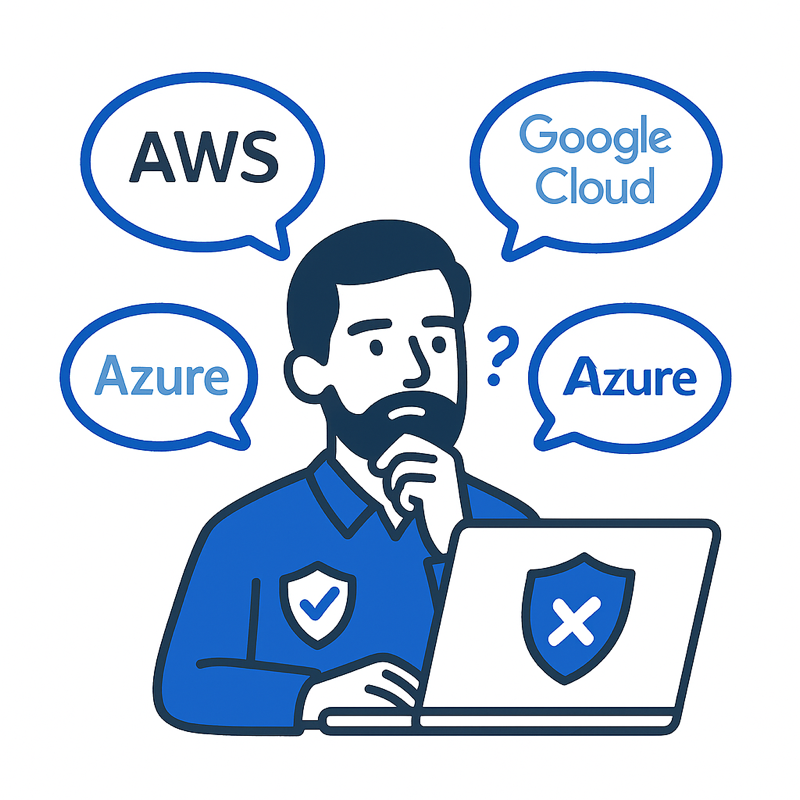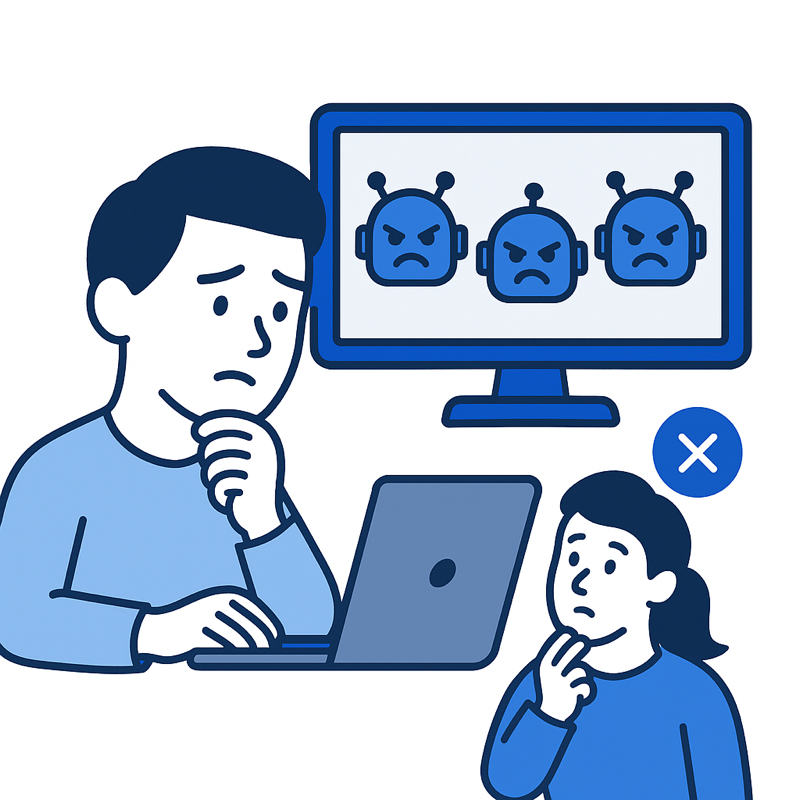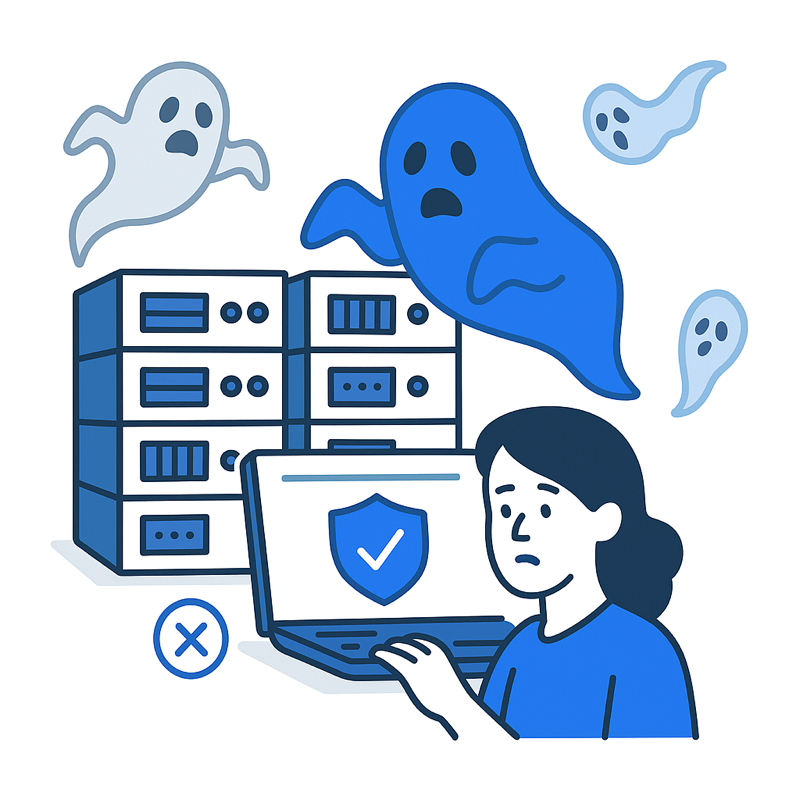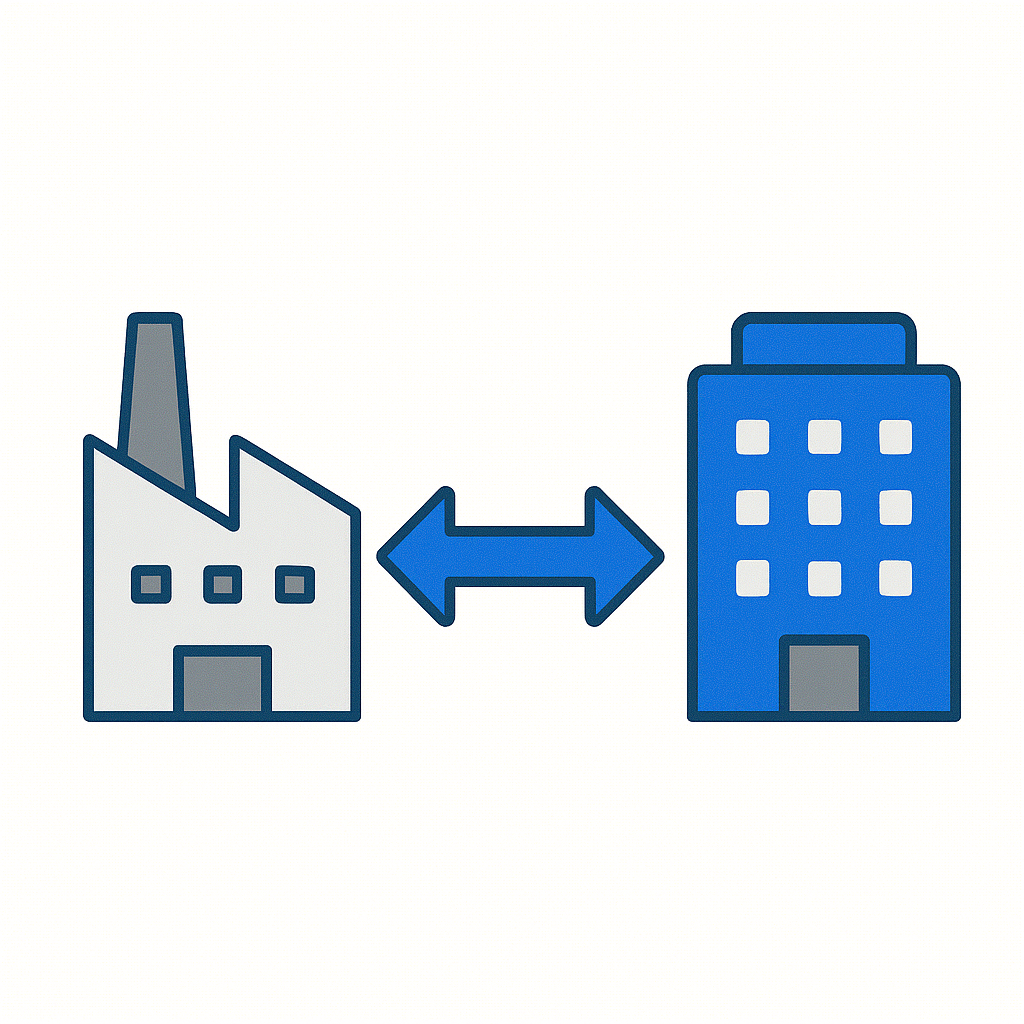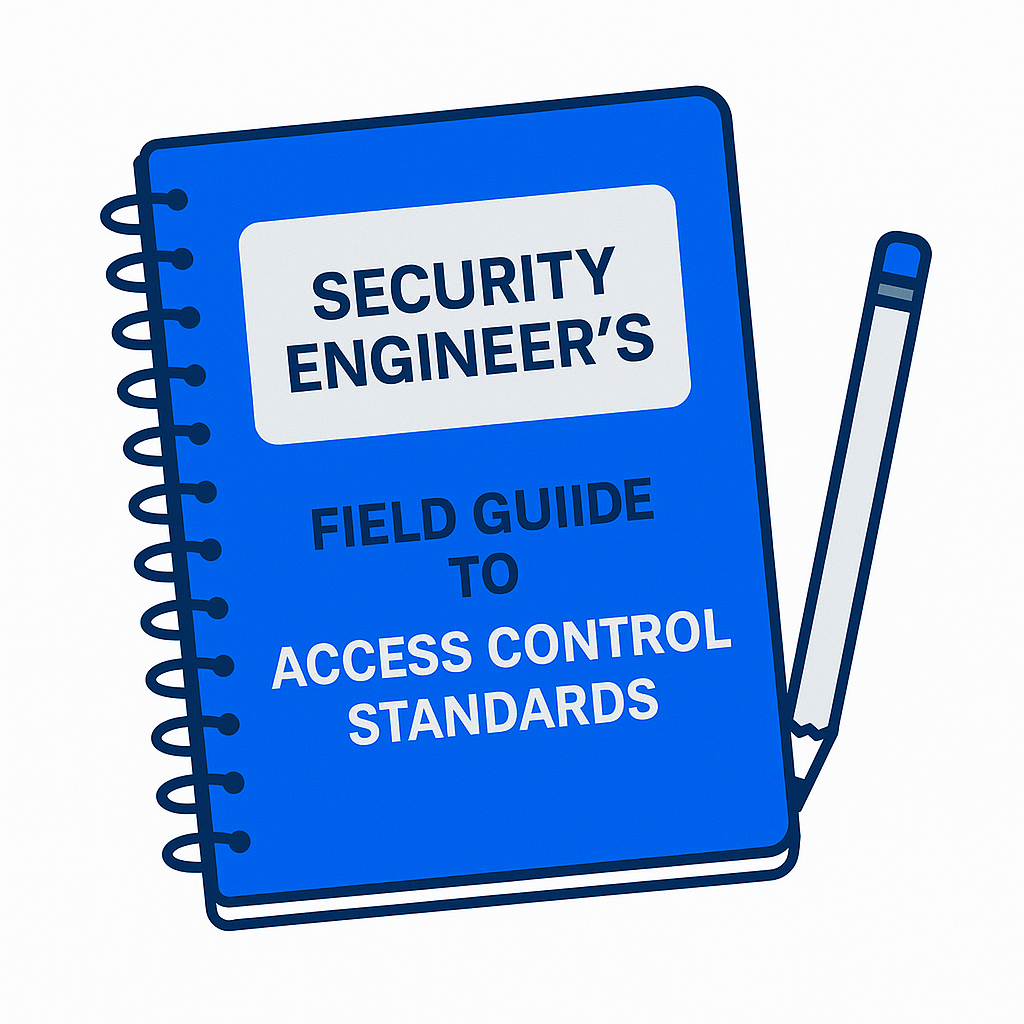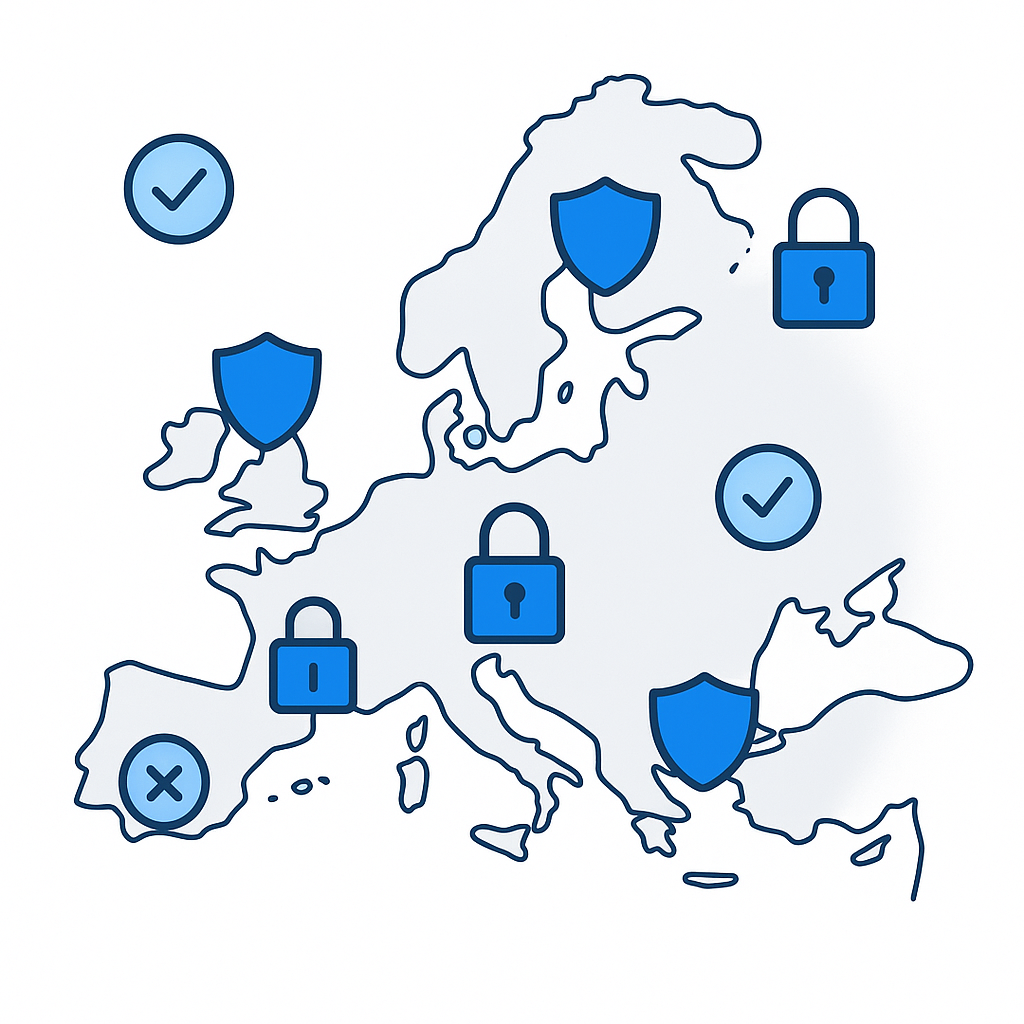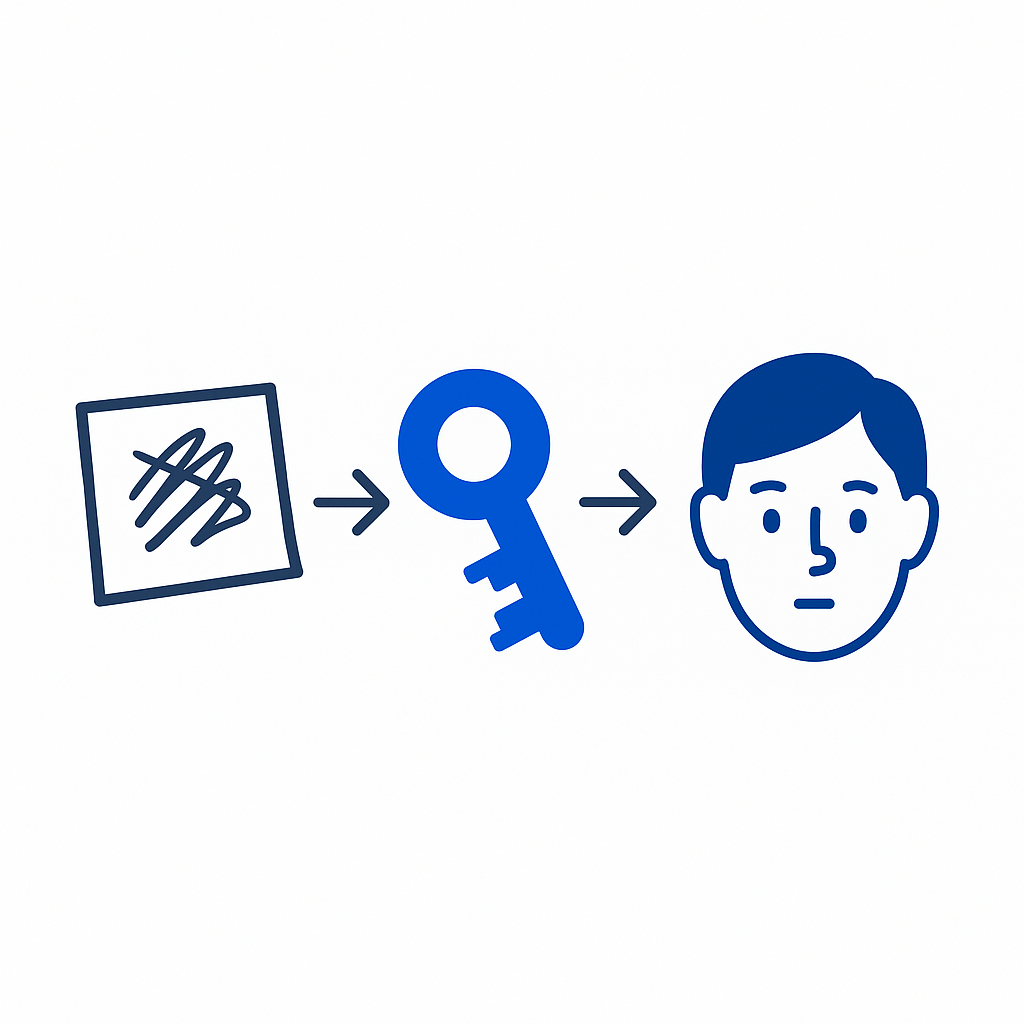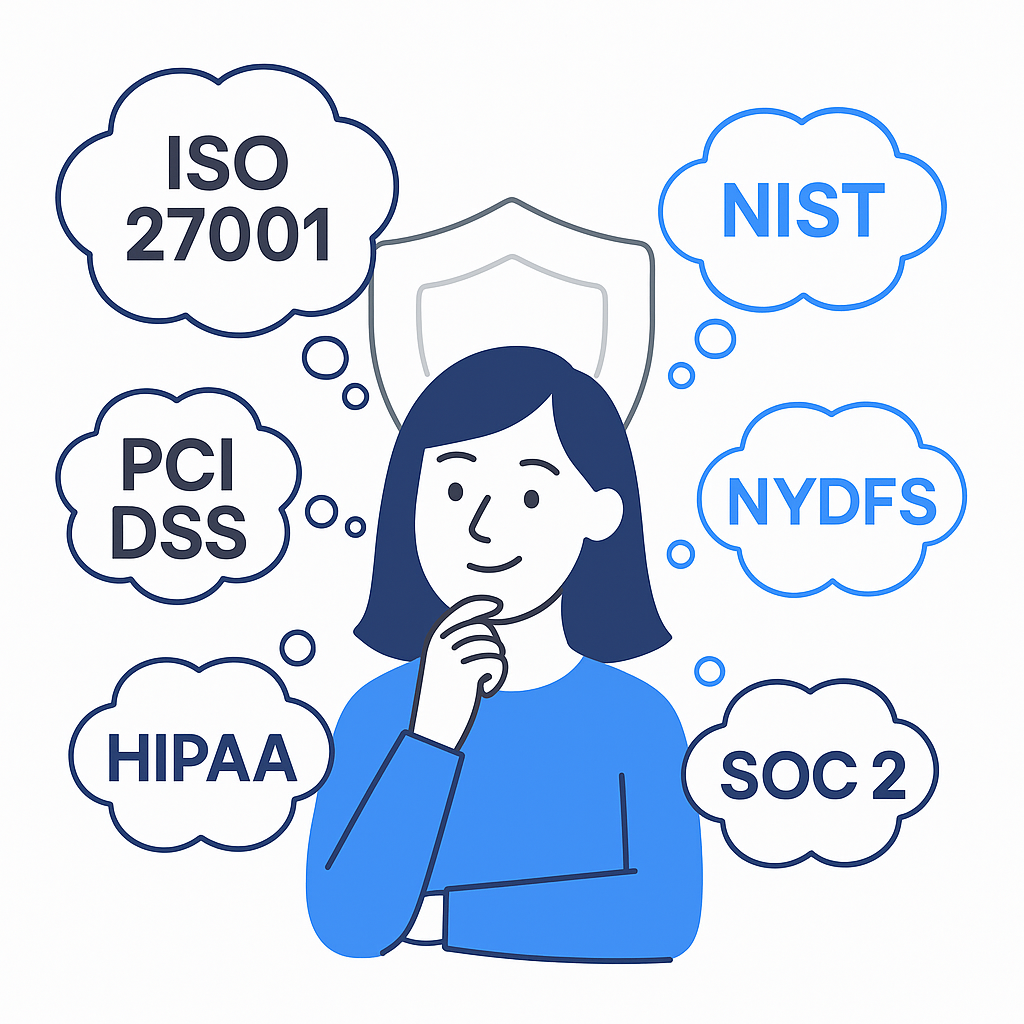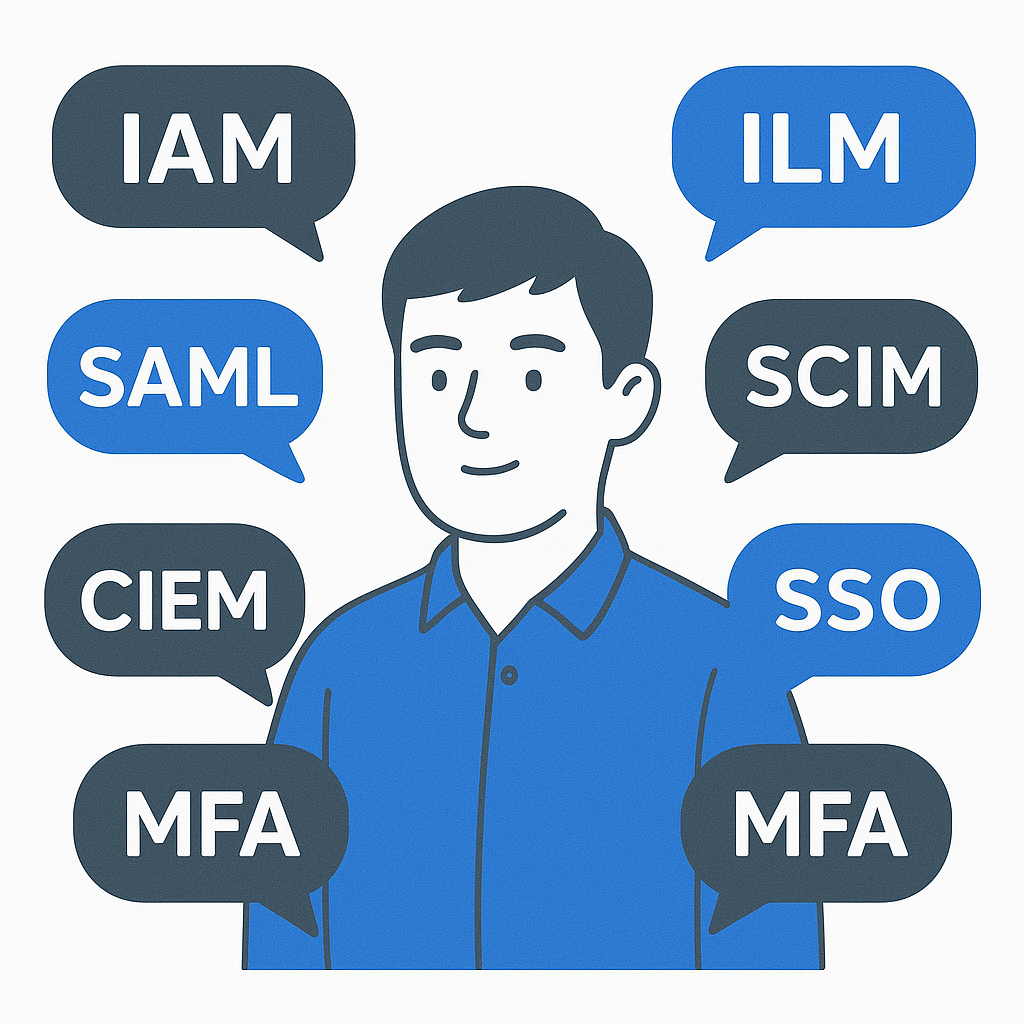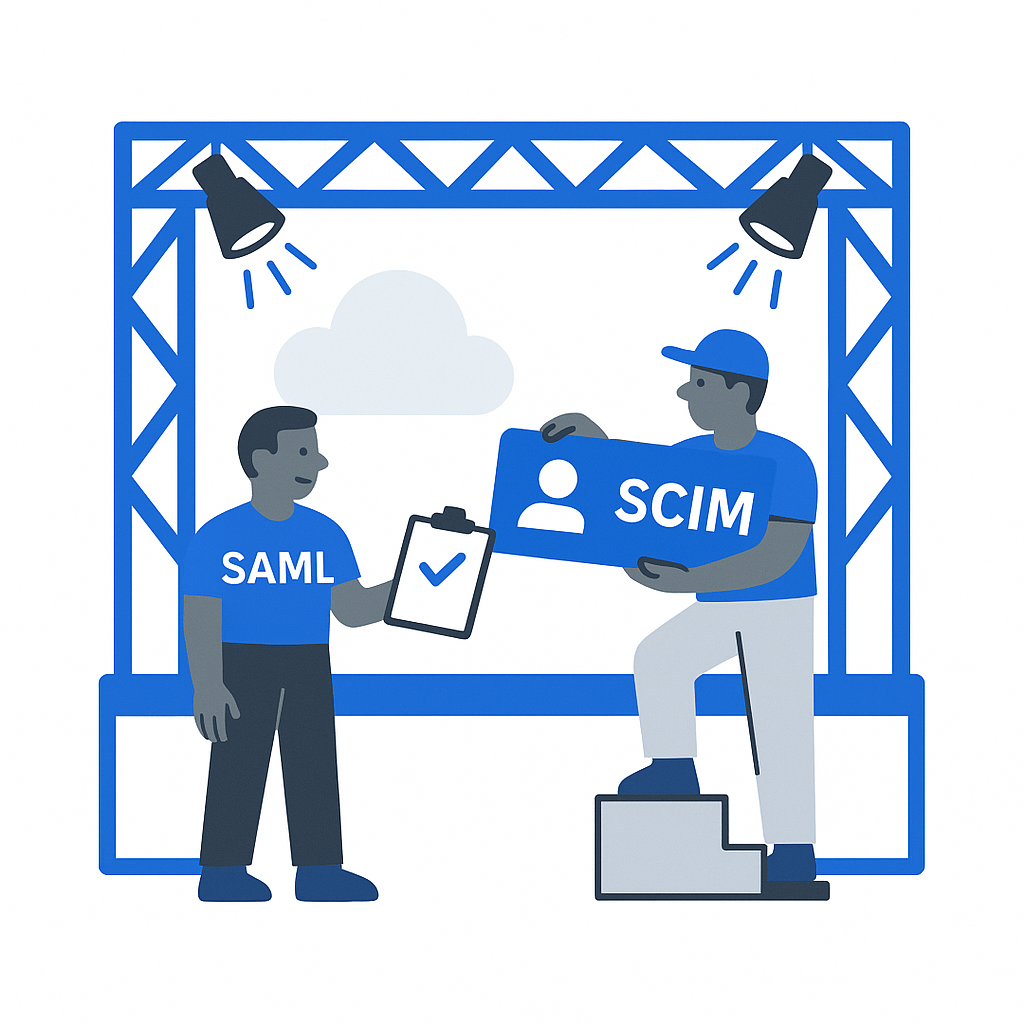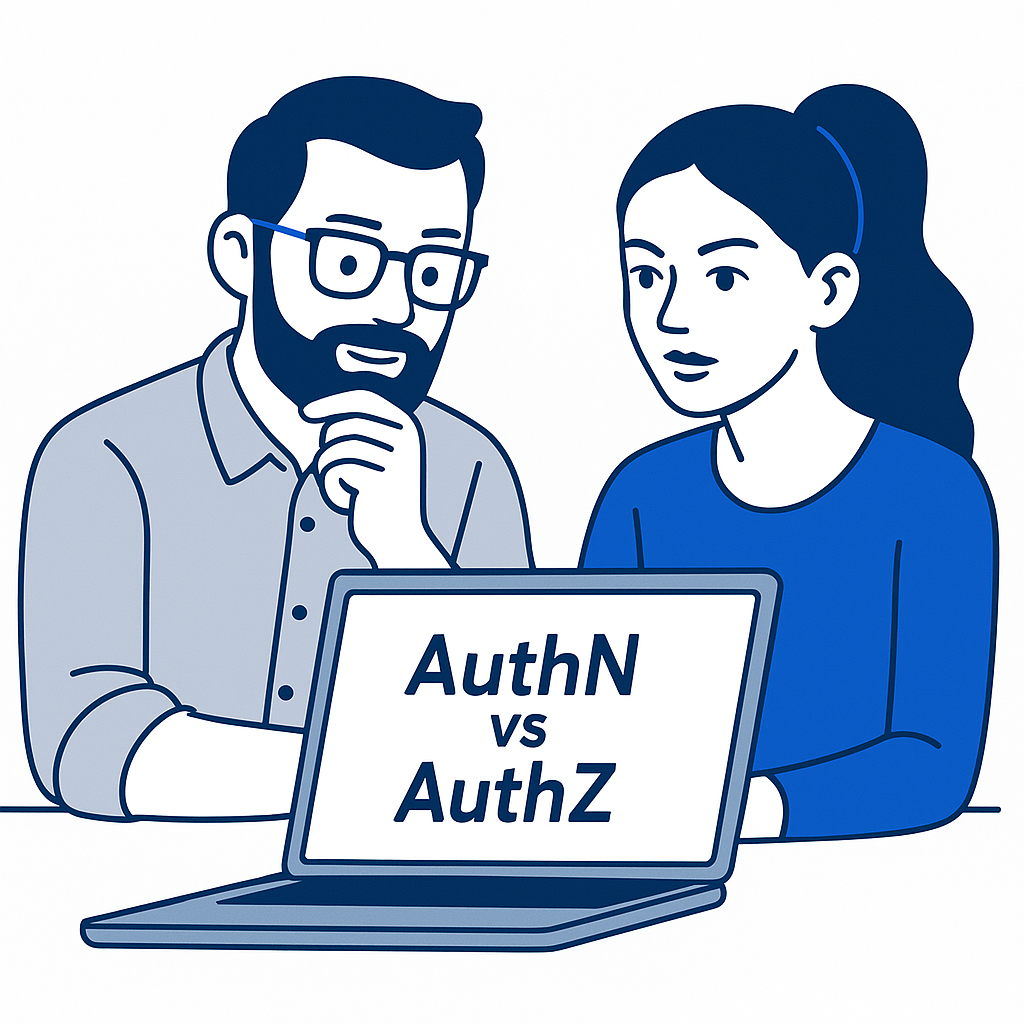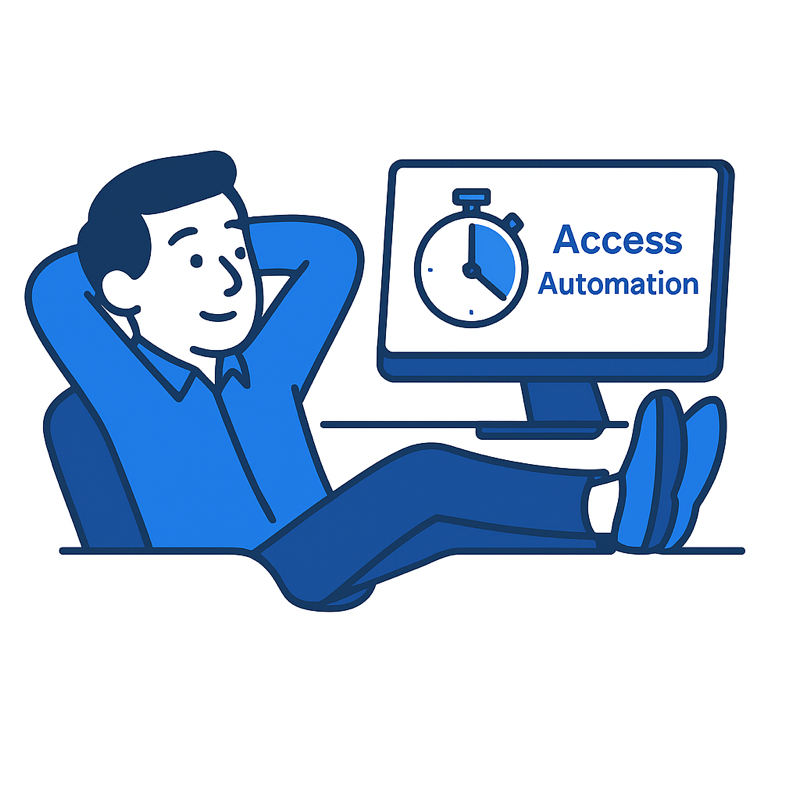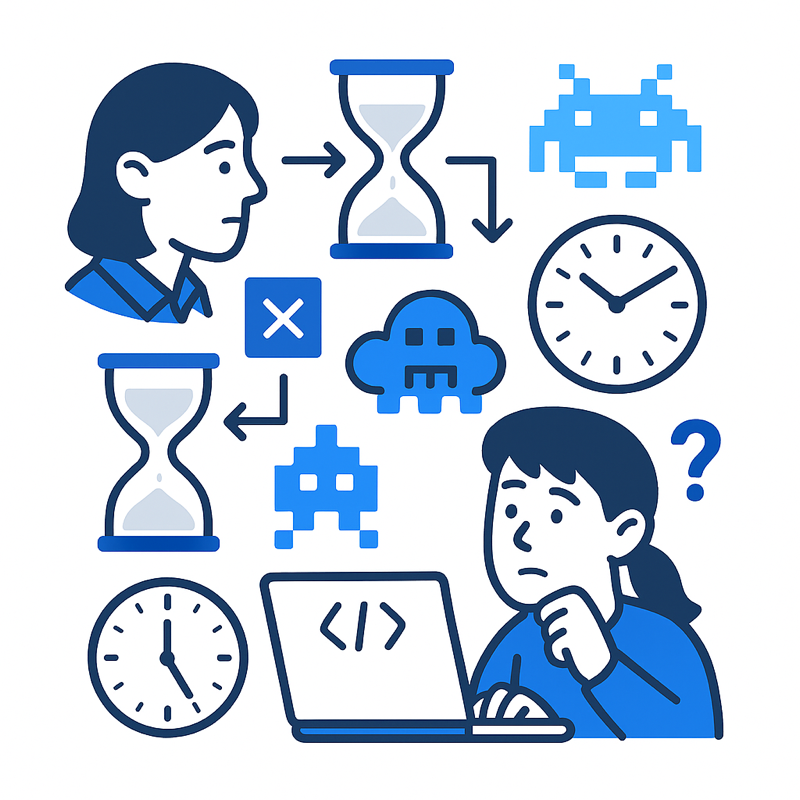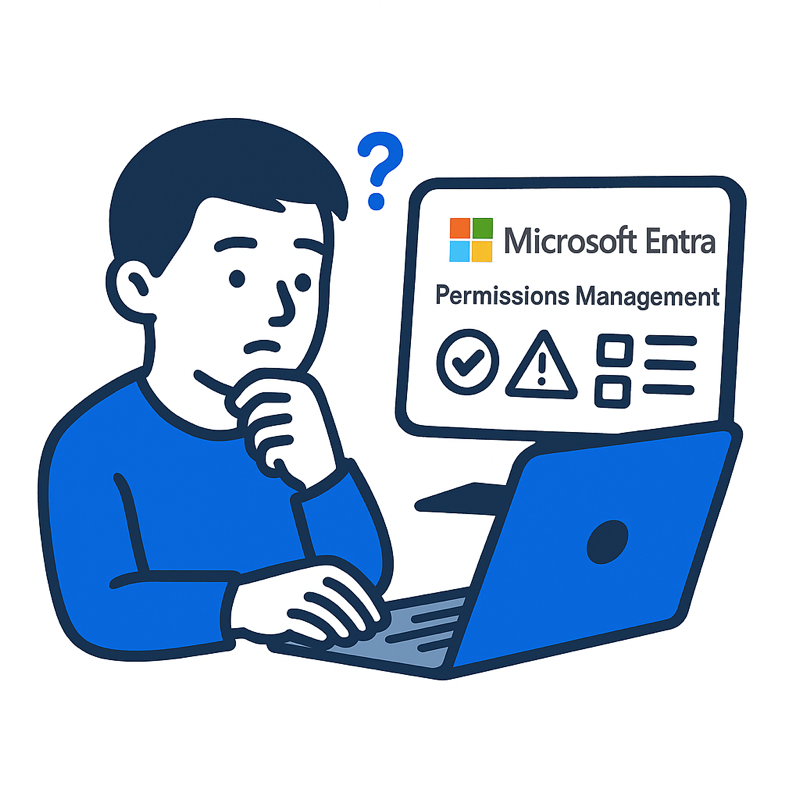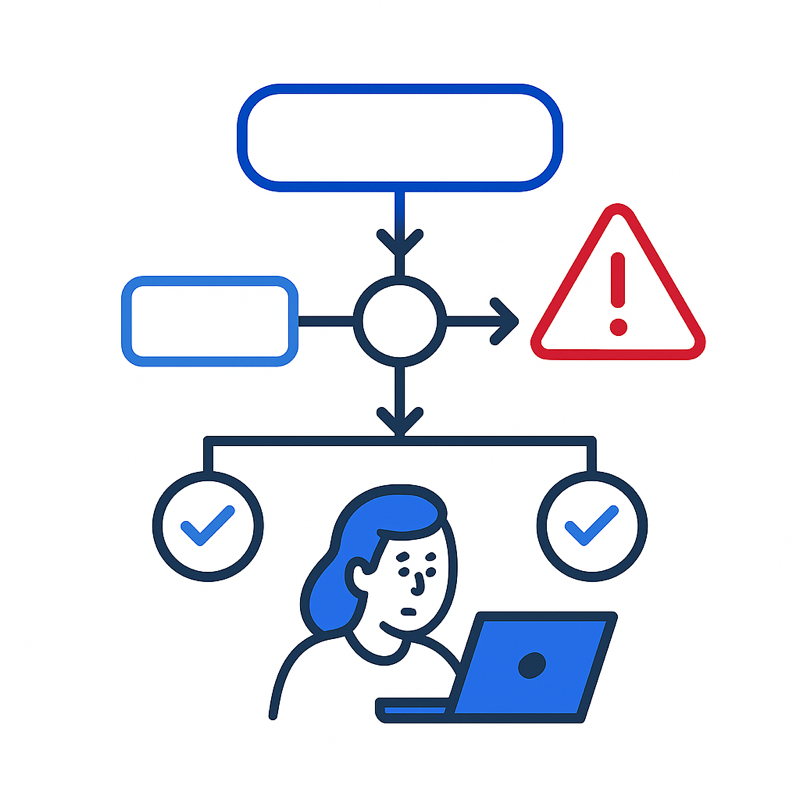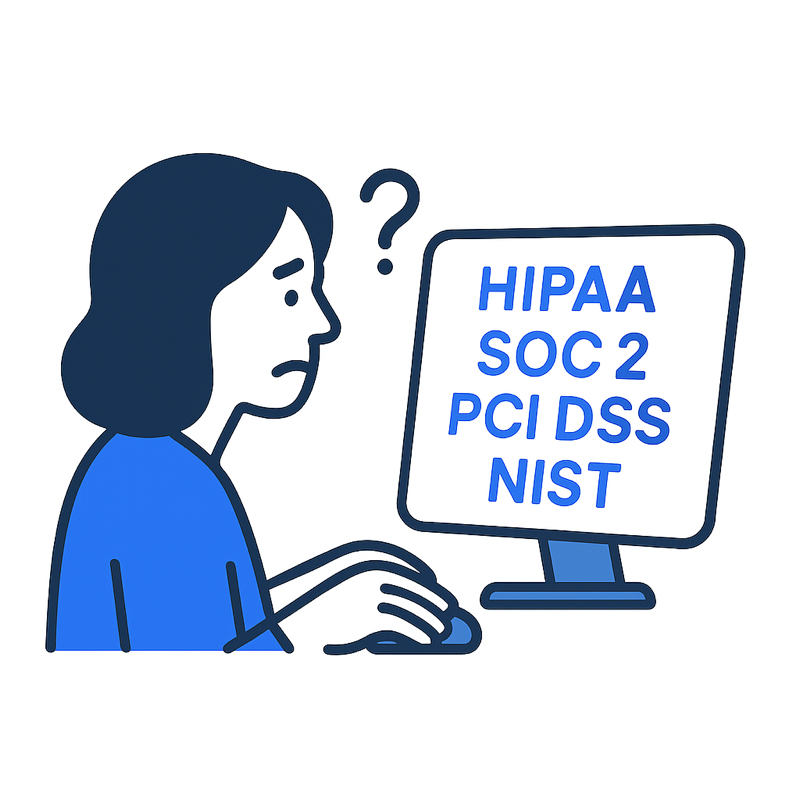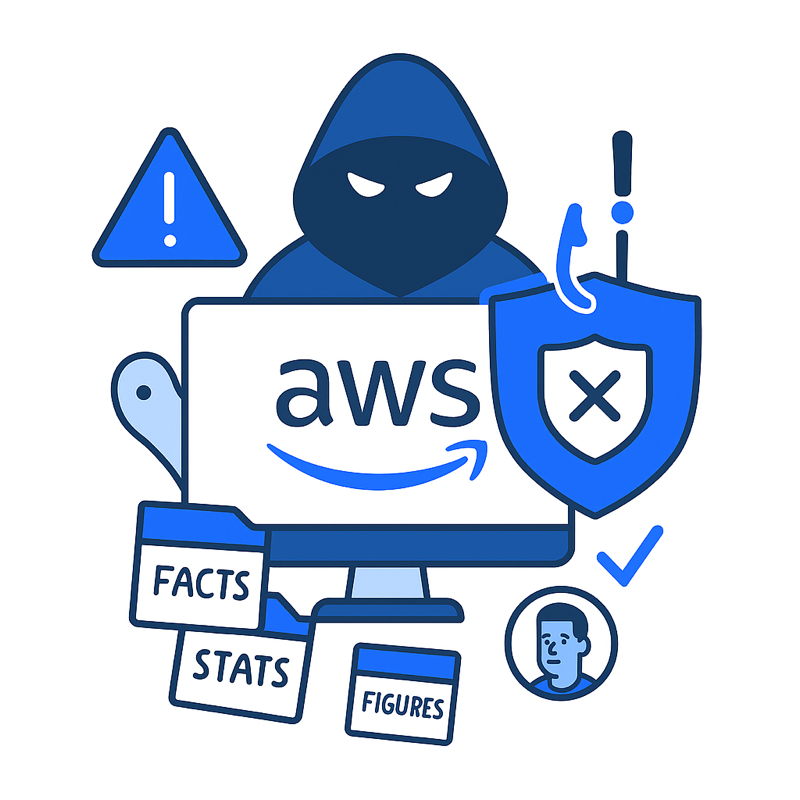When CIEM Meets DevSecOps: Zero‑Trust at Build Time
As you’re reading this, someone, somewhere, is pushing code to production with permissions they shouldn’t have. Maybe it’s a forgotten IAM role with admin privileges. Maybe it’s a container pulling secrets it shouldn’t know. Or maybe it’s your own CI/CD pipeline, with a service account that’s been in god mode since your first Mosso server went live in ‘06.
Modern security teams have embraced zero trust at the perimeter, at the endpoint, even at the login screen. But at build time, things can get a wee bit Wild West.
This is where Cloud Infrastructure Entitlement Management (CIEM) is the new sheriff in town.
The Messy Middle: Where Dev Meets Sec
DevSecOps promised us a utopia where developers and security professionals lock arms in agile harmony. But in practice, that relationship could be more like a family WhatsApp group: well-meaning, occasionally chaotic, and full of unanswered questions.
Security wants least privilege. Devs want to ship. Fast. The result? Over-provisioned pipelines, zombie secrets in YAML files, and approval workflows that play out like bureaucratic theatre.
CIEM offers a compromise: automation that enforces policy without becoming a blocker. The goal isn’t to slow developers down; it’s to embed guardrails into the fabric of how things get built. Done right, through access lifecycle management, organizations don’t just get security at runtime; they get zero trust baked into the build.
What Happens at Build Time Should Stay at Build Time
Here’s the thing: your infrastructure doesn’t get compromised at 3 AM because of something that happened at 3 AM. It gets compromised because of something that was built in weeks earlier. That container image that hadn’t been scanned. That secret that never expired. That IAM role that looked harmless until it suddenly wasn’t.
CIEM brings visibility and enforcement into the build process itself. Who, or what, can assume what roles? Which secrets are being accessed, and why? Are access paths being created that will outlive their purpose?
Traditionally, this sort of introspection only happened post-incident, during that quiet moment in the war room when everyone’s thinking, “Wait, why did the build server have database write access?”
With CIEM, those questions get asked earlier, before bad decisions ship with your code.
Code as Infrastructure, Risk as Code
DevSecOps is all about shifting left. That means not waiting for infra to be provisioned before thinking about how it’ll be accessed. But too often, access itself gets left out of the infrastructure-as-code conversation.
The solution is treating access like code. Not just codifying which policies exist, but orchestrating access approvals, reviews, and revocations into your CI/CD pipeline. That’s where CIEM and just-in-time (JIT) access pair beautifully.
Picture it: a build kicks off, and your pipeline gets temporary access to the S3 bucket it needs, just for the duration of that build. Credentials are automatically scoped, rotated, and burned after use. No standing permissions. No long-term risk. No more dusty secrets hiding in .env files like a liability waiting to mature.
Trust, but Actually Don’t
Zero trust isn’t a mood; it’s an architectural choice. And it doesn’t stop at endpoints or API gateways, it has to reach into the guts of how software is built and deployed.
“Trust, but verify.” - Ronald Reagan
When CIEM meets DevSecOps, the result is a pipeline that’s secure by design, not secure by wishful thinking. It’s a GitHub Actions workflow that only runs with the access it needs, when it needs it. It’s a Terraform plan that checks access context before it even gets approved. It’s a world where your CI/CD tools are treated like identities, because they are.
Getting There
Of course, making this real requires tooling that actually understands access at a granular, cloud-native level. It means being able to see who or what has access, why, and for how long. And it means being able to say “no,” or “not now,” when a pipeline requests access that’s out of scope.
Trustle is built for that intersection. We let you orchestrate JIT access into every phase of your DevSecOps pipeline, so you can build fast without building in risk. Think of us as the IAM brain that plugs into your DevOps muscle, keeping everything agile, auditable, and above board.
Because at the end of the day, what you ship is only as secure as how you ship it.
And if your CI/CD is living with permanent privileges, that’s not DevSecOps. That’s Dev-Oops.




